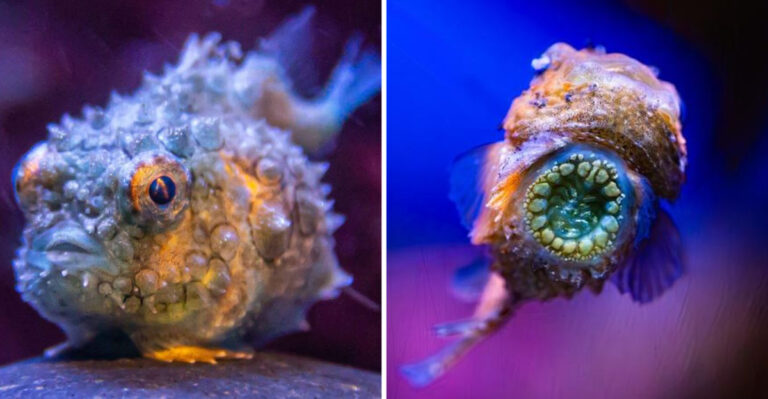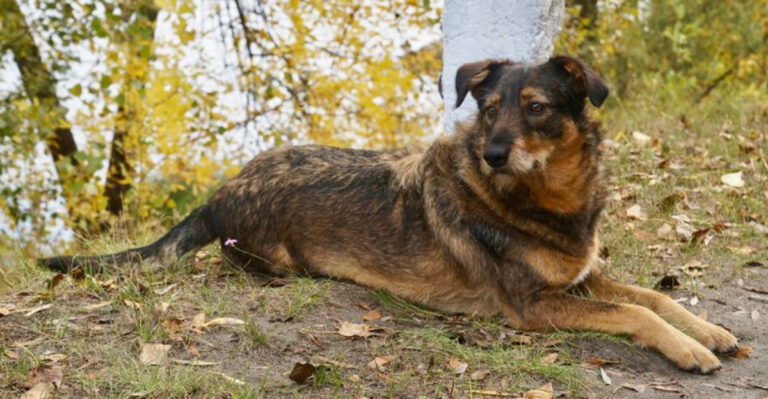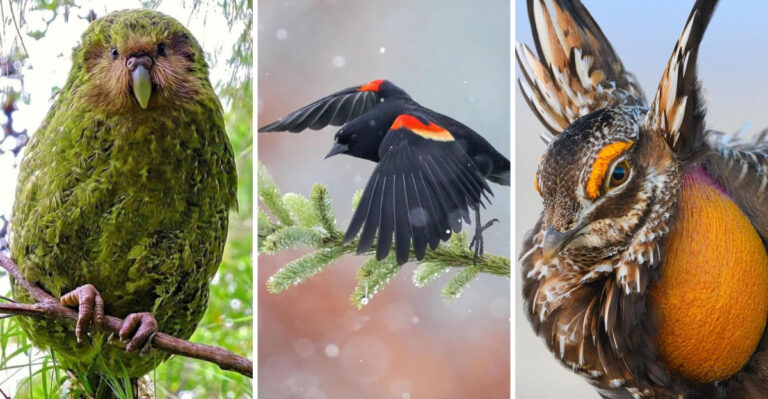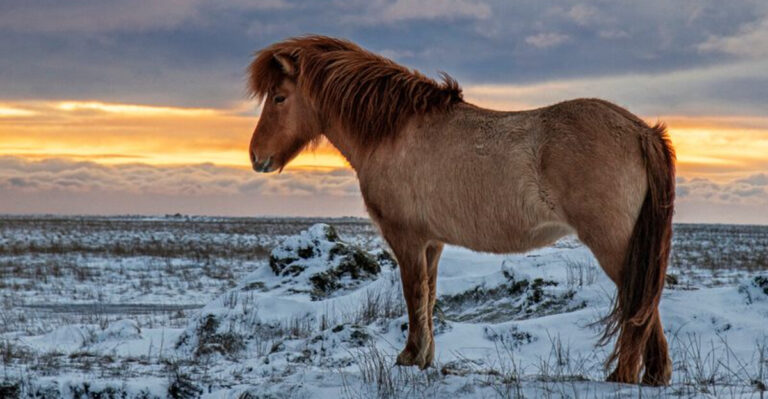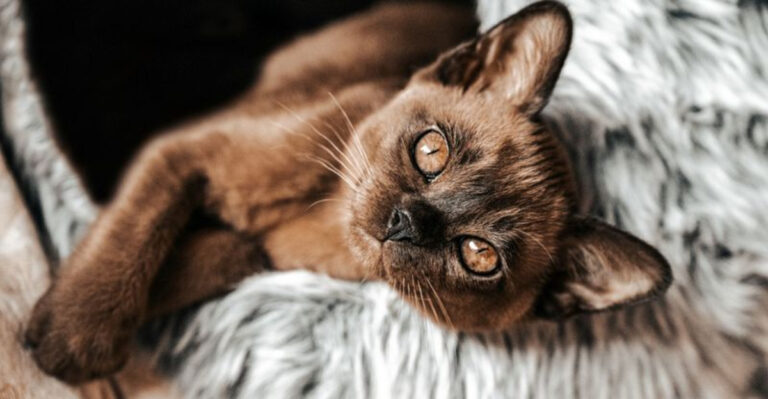15 Big Cat Species That Have The Longest Lifespans In The Wild
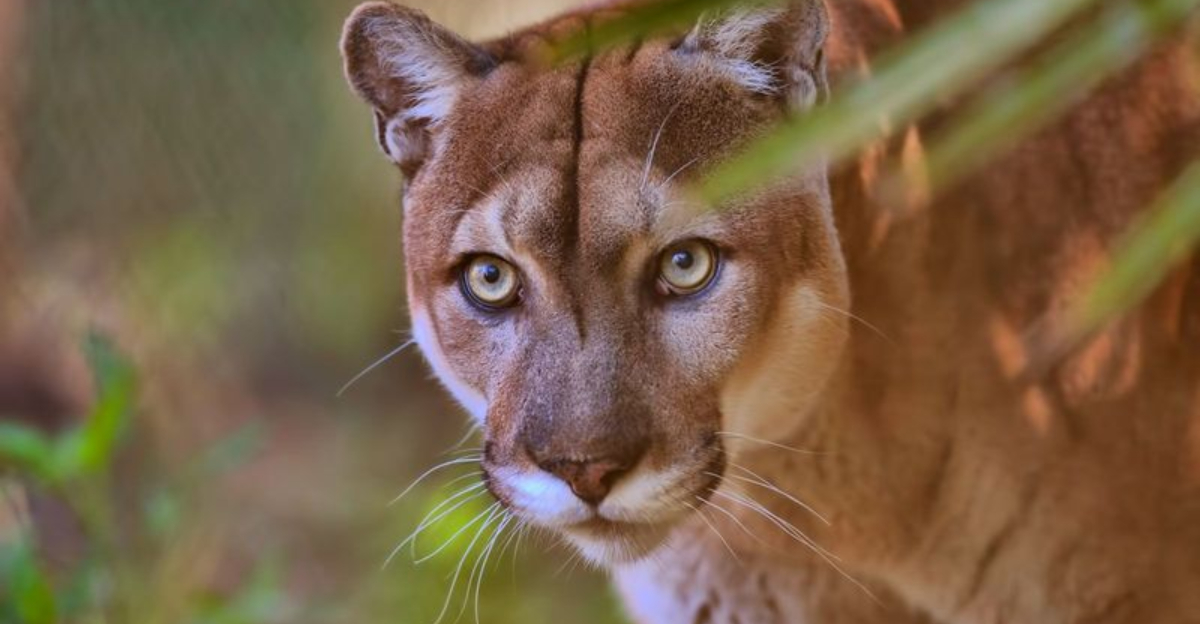
Wild big cats captivate our imagination with their power, grace, and mysterious lives. While many face threats from habitat loss and poaching, some species naturally enjoy longer lifespans than others.
Understanding which big cats live the longest helps us appreciate their remarkable resilience in the wild and highlights the importance of conservation efforts.
1. Siberian Tiger
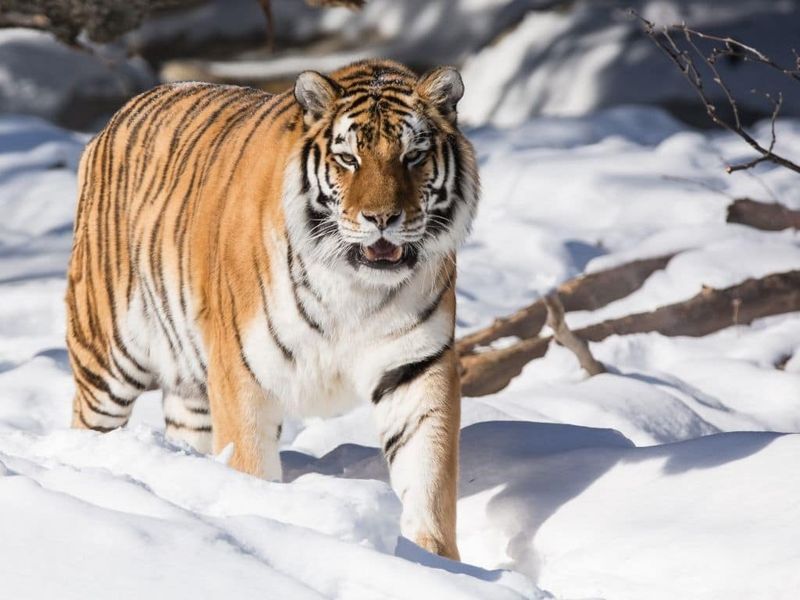
Monarchs of the Russian Far East, Siberian tigers can live up to 18 years in their natural habitat. These massive cats survive brutal winters where temperatures plummet below -30°F.
Their thick fur and layer of fat provide crucial insulation against the cold. With fewer natural predators and larger territories than other tiger subspecies, they face less competition and conflict.
Female Siberian tigers typically outlive males by 2-3 years, a pattern common among big cats where territorial males often sustain injuries from fights that can shorten their lifespans.
2. Lion
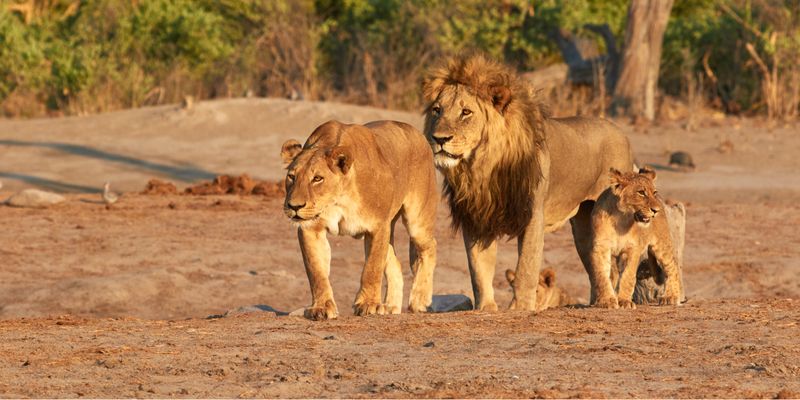
Kings of the savanna boast impressive lifespans reaching 15-16 years when living in stable prides. Female lions typically enjoy longer lives than their male counterparts, sometimes surviving into their late teens.
Pride living offers significant survival advantages. The cooperative hunting structure allows older lions to continue contributing even as their individual strength diminishes. Cubs raised in larger prides also have better survival rates.
Interestingly, lions living in protected areas without human conflict can live nearly twice as long as those in regions with high poaching or habitat encroachment.
3. Jaguar
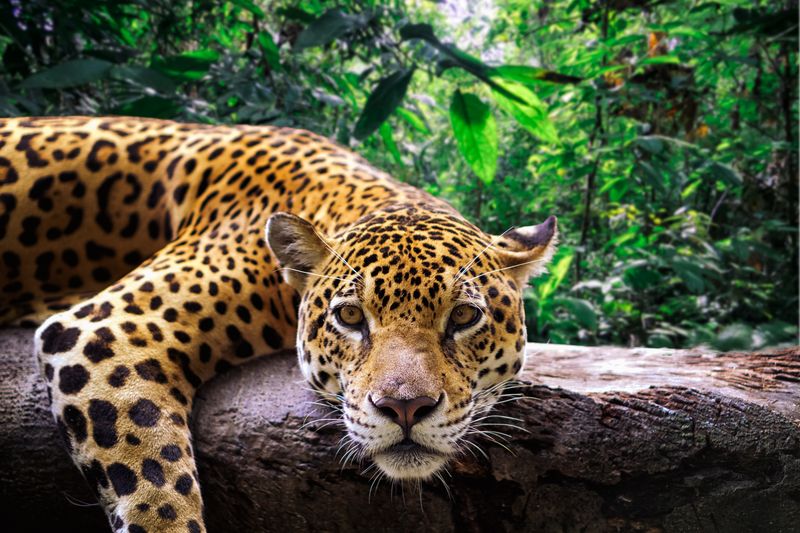
Stealthy rainforest dwellers, jaguars can survive up to 15 years in the wild. Their remarkable adaptability to various habitats—from dense Amazon jungles to open wetlands—contributes significantly to their longevity.
Jaguars possess the strongest bite force of any big cat relative to size, allowing them to hunt effectively even in their senior years. Their exceptional swimming abilities also help them access food sources unavailable to other predators.
Unlike many big cats, older jaguars rarely face territorial challenges from younger males, as territories are often determined by natural boundaries rather than direct confrontation.
4. Snow Leopard
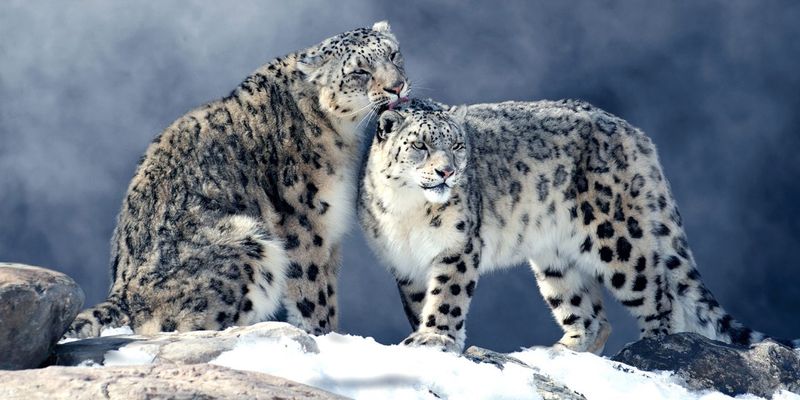
Ghost cats of the mountains live remarkably long lives of up to 15-18 years in their remote high-altitude homes. Their natural isolation from human activity and specialized adaptations for high elevations contribute to their longevity.
Snow leopards have evolved oversized nasal cavities that warm frigid mountain air before it reaches their lungs, preventing respiratory problems that could shorten their lives. Their extraordinarily long, thick tails serve as balance tools and warm blankets during sleep.
Research suggests snow leopards age more slowly than other big cats, possibly due to their slower metabolic rate—an adaptation to their harsh, food-scarce environment.
5. Leopard
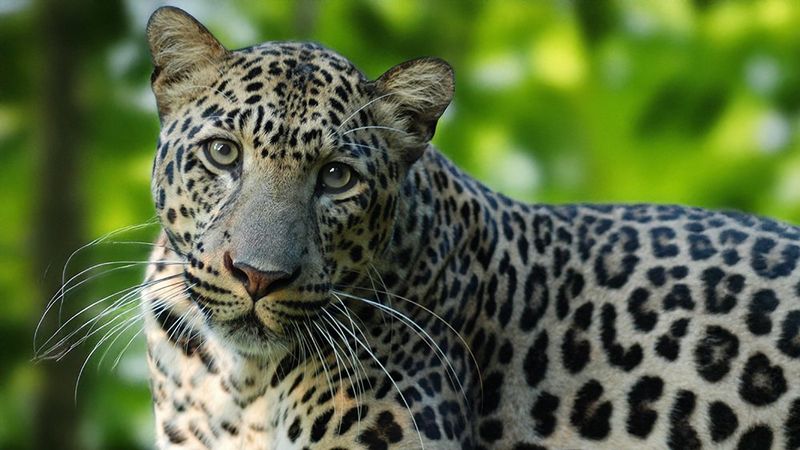
Adaptable and resilient, leopards can survive up to 17 years in wilderness areas. Their exceptional versatility allows them to thrive in environments ranging from rainforests to deserts, mountains to grasslands.
Leopards’ famous tree-caching behavior—hauling prey into branches to avoid scavengers—helps ensure consistent nutrition throughout their lives. This feeding strategy becomes especially valuable as they age and might otherwise lose kills to younger, stronger competitors.
Female leopards teaching cubs to hunt effectively ensures survival skills pass through generations, with mother leopards sometimes sharing territory with their adult daughters in a loose family network.
6. Cougar (Mountain Lion)
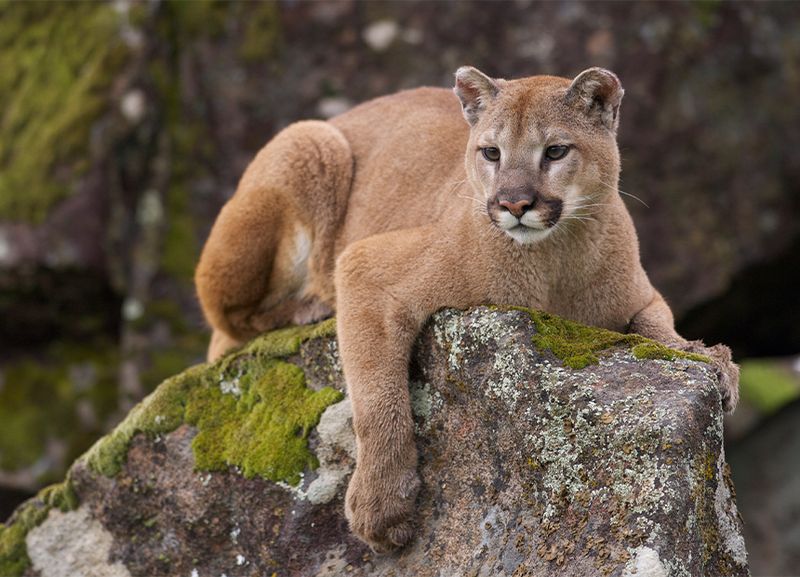
North America’s iconic big cat can reach impressive ages of 13-15 years in undisturbed habitats. Cougars achieve this longevity through remarkable territorial range and adaptability to diverse environments from mountains to swamps.
Unlike social cats, cougars’ solitary nature reduces disease transmission and competition for food. Their exceptional hunting efficiency—successful in nearly 80% of pursuits—ensures consistent nutrition even as they age.
Female cougars typically outlive males by 2-3 years. This gender gap stems from males’ larger territories that require crossing dangerous roads and entering areas of human conflict more frequently.
7. Cheetah
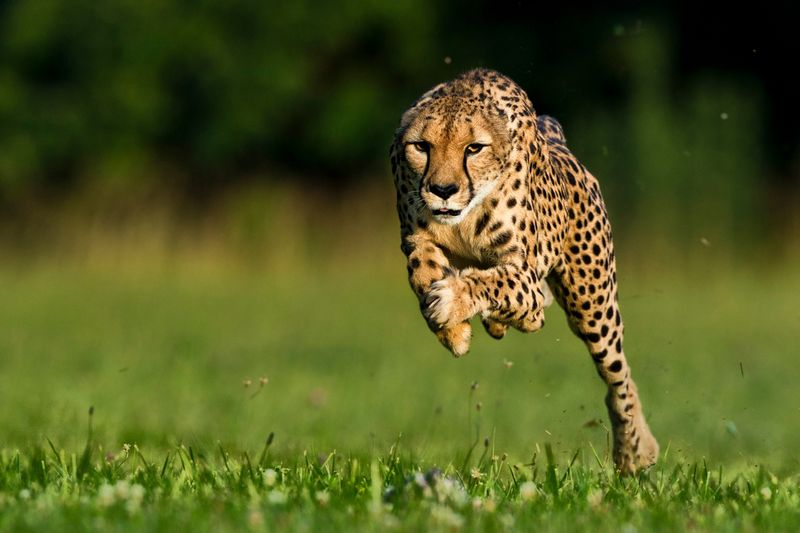
Speed champions of the savanna typically live 10-12 years in protected wilderness areas. Despite their shorter lifespan compared to other big cats, cheetahs in optimal conditions can reach their early teens.
Female cheetahs raising cubs in coalitions with sisters or other females produce cubs with higher survival rates. This cooperative parenting strategy helps extend the species’ genetic legacy even with relatively shorter individual lifespans.
Cheetahs’ specialized bodies—built for speed rather than strength—make them vulnerable to injuries that can shorten their lives. However, their exceptional eyesight (the best among all cats) helps them avoid dangerous situations and locate prey efficiently.
8. Eurasian Lynx
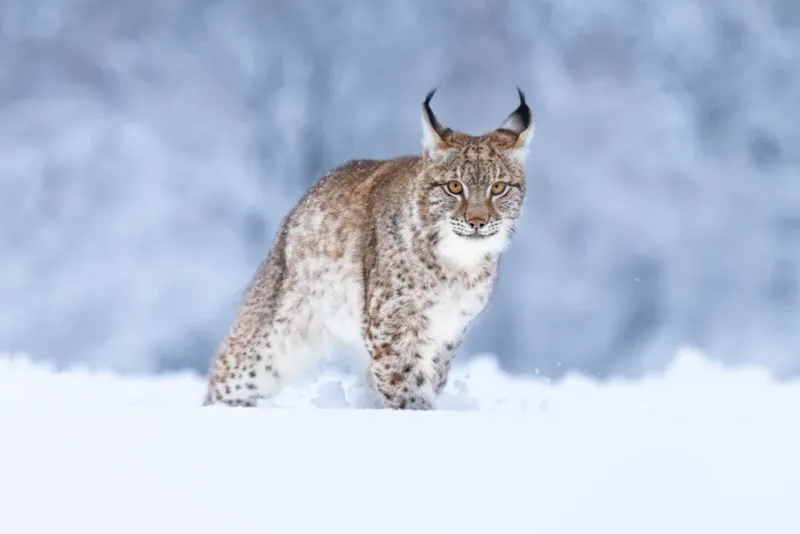
Forest phantoms of northern Europe and Asia often reach 15-17 years in the wild. These medium-sized cats benefit from their remote habitats and specialized adaptations to cold environments.
Their distinctive tufted ears serve as sensitive sound amplifiers, allowing them to locate prey under snow or at great distances. This exceptional hearing helps them hunt efficiently throughout their lives, even as other senses might diminish with age.
Lynx populations in protected areas of Scandinavia and Russia show remarkable resilience, with some tagged individuals documented to reach nearly two decades. Their naturally low population density reduces competition and disease transmission.
9. Clouded Leopard
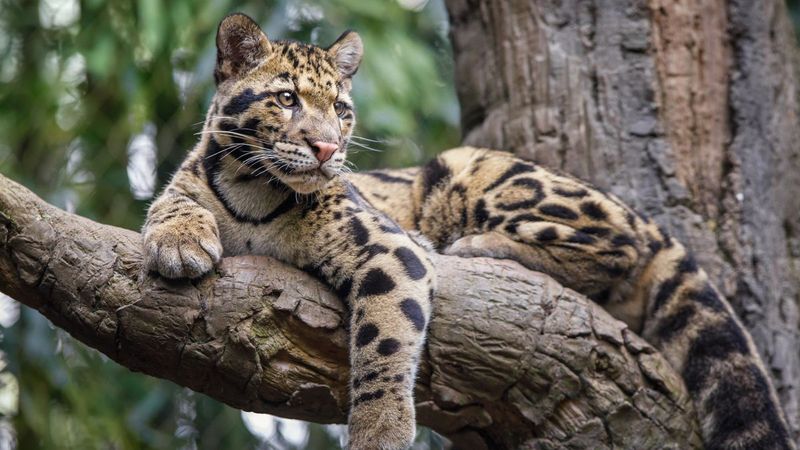
Arboreal artists of Southeast Asian forests can live 11-14 years when habitat remains pristine. Their relatively secretive lifestyle and exceptional climbing abilities help them avoid many threats faced by ground-dwelling cats.
Clouded leopards possess the longest canine teeth relative to skull size of any modern cat, giving them a hunting advantage throughout their lives. Their ankles can rotate 180 degrees, allowing head-first descents from trees—a unique adaptation that reduces fall injuries as they age.
Recent research suggests that clouded leopards living in less fragmented forests have lifespans nearly 30% longer than those in areas with significant human encroachment.
10. Caracal
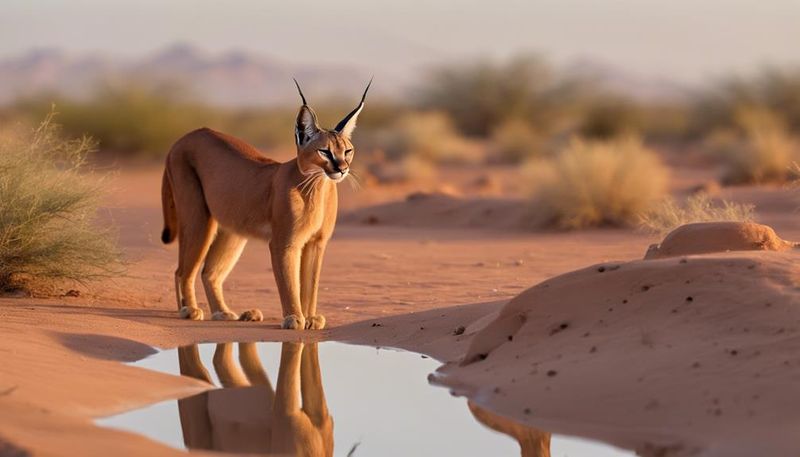
Desert dwelling specialists with their distinctive tufted ears typically survive 12 years in their arid habitats. These medium-sized cats thrive where many others cannot, adapting perfectly to life in some of Earth’s harshest environments.
Caracals require remarkably little water, obtaining most moisture from their prey. This adaptation reduces their need to visit vulnerable water sources where predators might lurk or conflicts occur.
Their extraordinary leaping ability—launching up to 10 feet high from a standing position—allows them to catch birds in mid-flight. This specialized hunting technique remains effective throughout their lives, providing reliable nutrition even as they age.
11. Serval
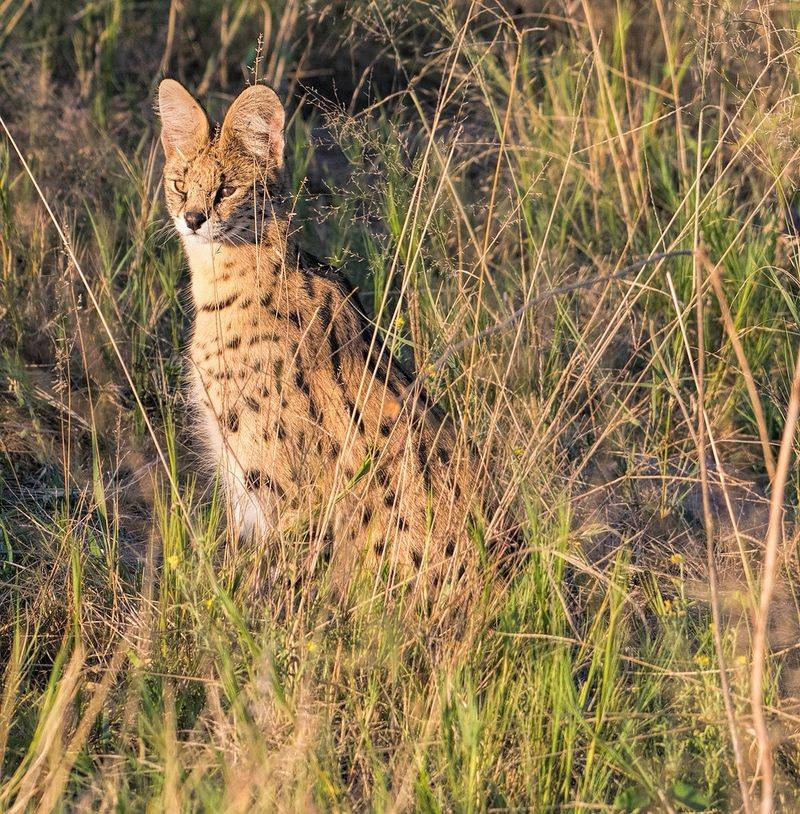
Savanna specialists with their extraordinarily long legs can reach 10-12 years in protected grasslands. Their unique body proportions—having the longest legs relative to body size of any cat—contribute significantly to their hunting success and longevity.
Servals possess the highest hunting success rate of any wild cat, successfully capturing prey in 50-60% of attempts. This efficiency ensures consistent nutrition throughout their lifespan, particularly important as they age.
Female servals teaching hunting techniques to their young create generational knowledge transfer. Their specialized technique of detecting rodents by sound and pouncing with precision accuracy remains effective throughout their lives.
12. Puma (Florida Panther)
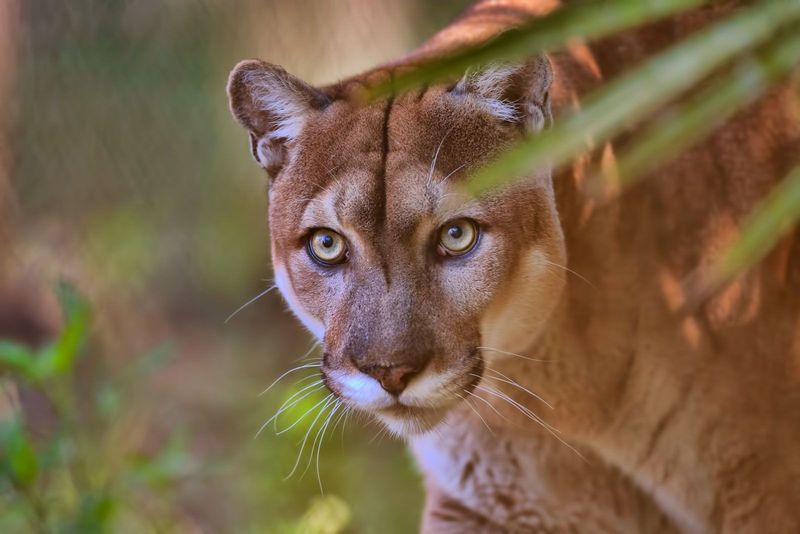
Endangered Florida subspecies of cougar can reach 12-15 years in protected habitats. Despite their critically low population numbers, individuals in the Everglades ecosystem show remarkable resilience when given adequate protection.
Florida panthers have adapted to the unique wetland environment, developing slightly longer legs than western cougars for moving through periodic flooding. Their diverse diet includes everything from deer to alligators, allowing nutritional flexibility throughout their lives.
Conservation efforts have helped extend average lifespans by nearly 30% over the past two decades. Genetic restoration programs introducing Texas cougars have reduced inbreeding issues that previously shortened lifespans.
13. Sumatran Tiger
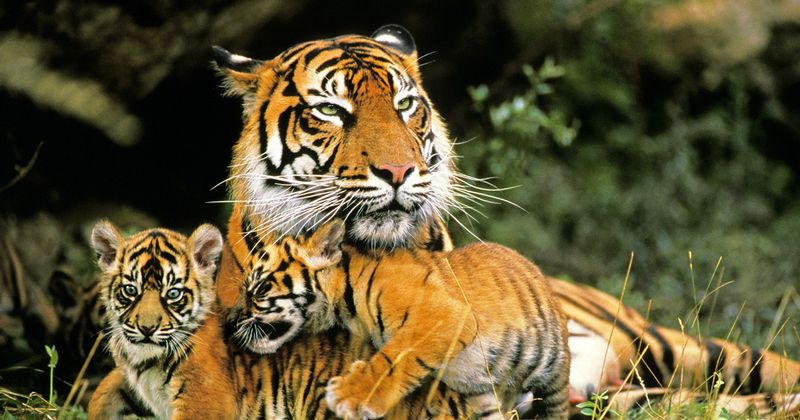
Critically endangered island tigers can survive to 15-16 years in undisturbed rainforest. The smallest tiger subspecies, they’ve evolved distinct adaptations to their humid island environment that contribute to their potential longevity.
Sumatran tigers have darker, more closely spaced stripes than other tigers, providing superior camouflage in dense jungle. This exceptional camouflage helps them hunt successfully even as they age and might lose some physical prowess.
Their smaller size allows them to move efficiently through thick undergrowth with less energy expenditure than larger subspecies. Recent conservation efforts have created protected corridors that reduce dangerous territory crossings, potentially extending lifespans.
14. Amur Leopard
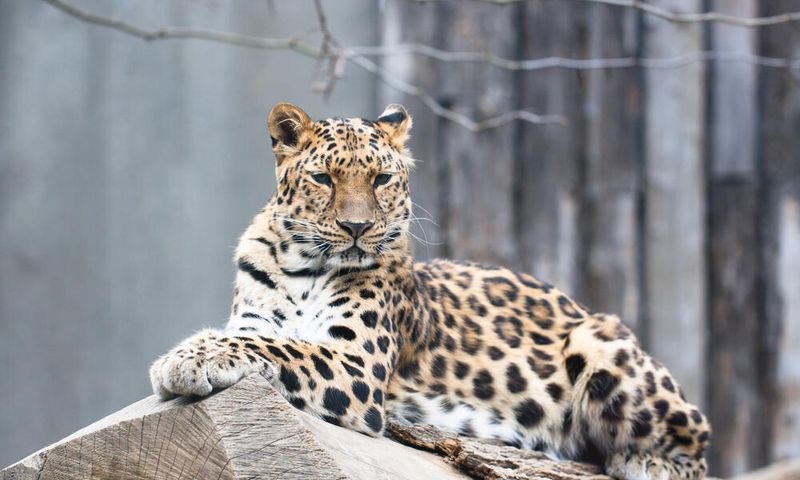
World’s rarest big cats can reach 10-15 years in their remote Russian and Chinese habitats. With fewer than 100 remaining in the wild, each individual’s longevity becomes crucial for species survival.
Amur leopards have adapted to survive in temperatures ranging from -22°F to 77°F with thick winter coats that grow up to 3 inches long. This exceptional cold adaptation allows them to thrive where few other large predators can survive.
Unlike most leopards, Amur leopards are primarily active during daylight hours in winter to maximize warmth. This behavioral adaptation reduces cold-related stress that might otherwise shorten their lives in extreme environments.
15. Fishing Cat
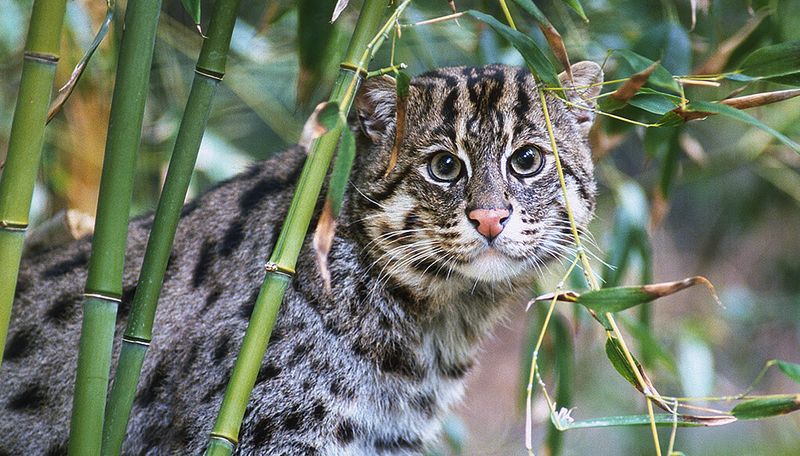
Wetland specialists from Southeast Asia typically live 10-12 years in undisturbed aquatic habitats. These medium-sized cats have evolved remarkable water adaptations that contribute to their specialized ecological niche and potential longevity.
Fishing cats have partially webbed feet and dense, double-layered fur that remains waterproof during frequent swimming. Their short, rudder-like tails provide excellent maneuverability in water, allowing efficient hunting throughout their lives.
Unlike most felines, fishing cats readily enter water and can swim underwater to catch prey. This unique hunting strategy gives them access to food sources unavailable to competitors, potentially extending their lifespans in intact wetland ecosystems.

